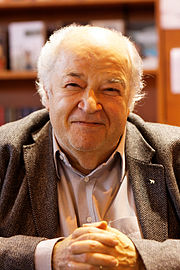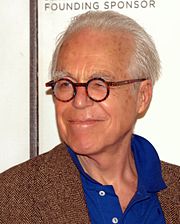Design
Design
Personality
Chart Properties
Your Cross represents the specific theme of your life. This cross embodies your unique potential & the lessons you're here to learn, providing a roadmap to fulfilling your life purpose.
We use the UTC birth time and date to do the calculations required to generate your Human Design chart.
Buy Tokens
Pay as you use, no expiry and no subscription required.Prompt Ideas
Get inspired with some epic prompt ideas.Rudi Lehmann's Biography
German-born Israeli sculptor and wood-carving artist, notable as a teacher of his profession and as one of the pioneers of sculpture in the State of Israel.
Lehmann was born to Elisabeth Zander. In 1919 he was adopted by the Lehmann family. From 1917 to 1922, he studied mechanics and worked as a blacksmith’s apprentice. After studying woodcarving and sculpture with sculptor Harold Isenstein, he attended the Kunsthochschule Berlin-Weißensee (Municipal Art School, Berlin-Weißensee), majoring in sculpture and ceramics. During his studies there, he met Hedwig Grossman, whom he later married. From 1928 to 1930, Lehmann worked for Holzmann’s Stone Mason and Carving company. He became a freelance stonemason and sculptor for museums around Germany, including the Pergamon Museum in Berlin, and worked in terracotta at Hedwig’s ceramics workshop.
In the summer of 1933, Lehmann emigrated to Mandate Palestine with his wife and settled in Haifa. They established a ceramics testing laboratory at the Technion in Haifa and settled on Kibbutz Yagur in 1935, where they established a flower pot factory.
In 1937, the couple opened a sculpture studio in Jerusalem, where Lehmann produced miniature carvings from olive wood, ivory, horn and gemstones sold as tourist souvenirs. From 1945 to 1947, Lehmann worked for the Haganah, building models and ballistic implements. From 1947 to 1948, he joined the Jewish Agency’s Self-Defense Planning Committee.
In 1953, he helped to found the Ein Hod Artists’ Village, where he taught sculpture. Among his students were Yigael Tumarkin and Menashe Kadishman. In 1959, Lehmann and his wife moved to Givatayim where he established an art school under the auspices of the Givatayim municipality. The school held classes in sculpture, woodcuts and ceramics for young people and adults.
Lehmann’s work was influenced by the Canaanism school of Israeli art which attempted to create a direct relationship with the Land of Israel by emphasizing simple shapes and motifs from the sculpture and ritual art of early Middle Eastern civilizations.
He died on 2 February 1977 in Givatayim.
Link to Wikipedia biography
Your Cross represents the specific theme of your life. This cross embodies your unique potential & the lessons you're here to learn, providing a roadmap to fulfilling your life purpose.
We use the UTC birth time and date to do the calculations required to generate your Human Design chart.






